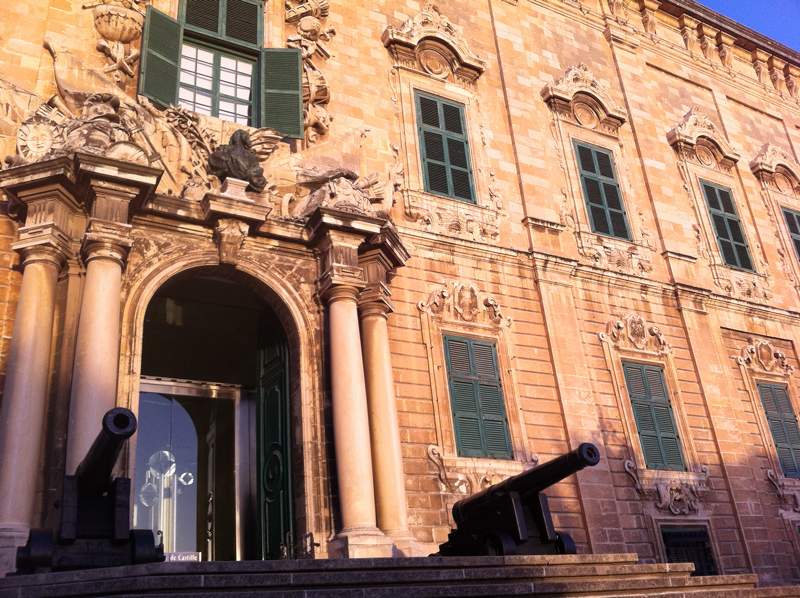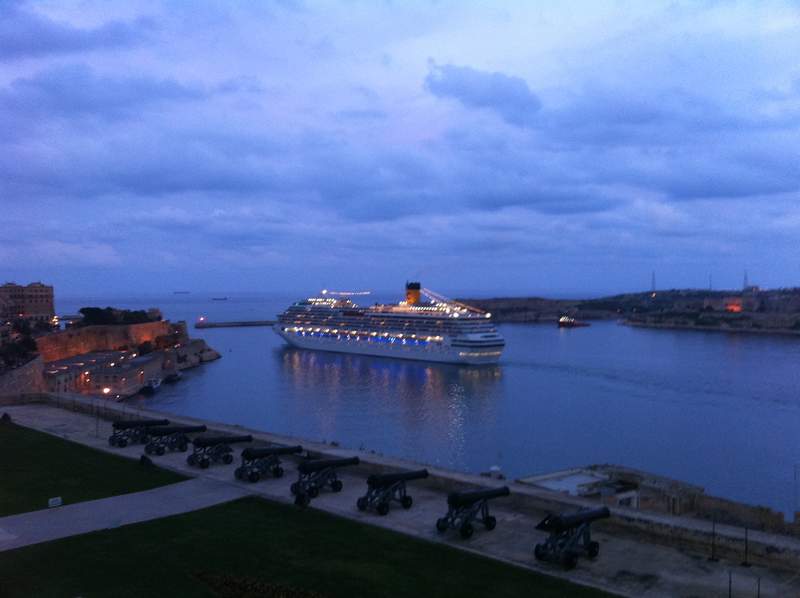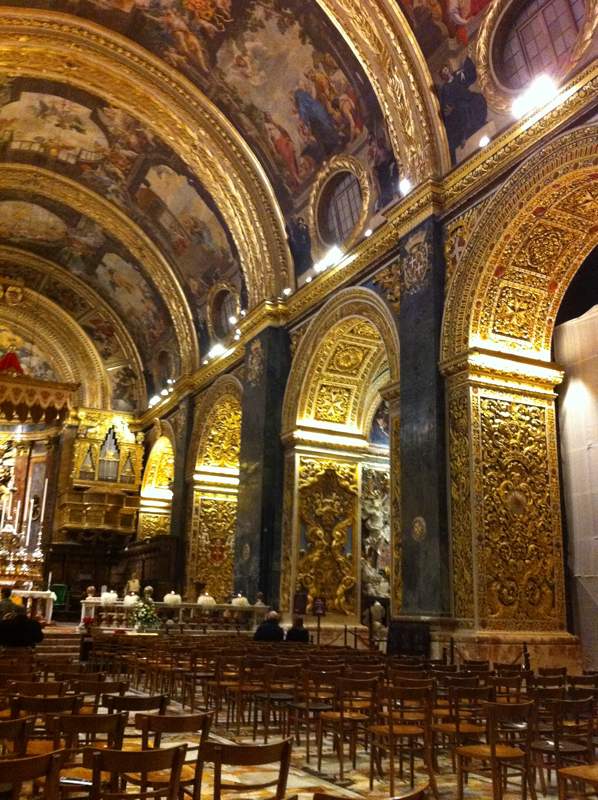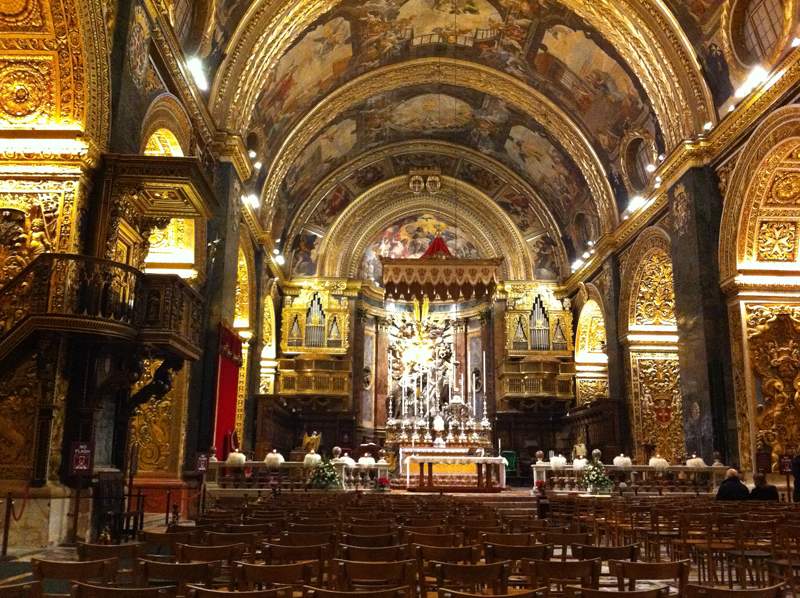Out and about in Valletta, Malta November 2010

Tioram 4
Tina & Tony
Sun 2 Jan 2011 12:15
|
November 2010 – Valletta, Malta.
We have now spent several weeks in Malta enjoying the island as well as
busily carrying out ‘winter’ boat jobs.
Malta is so well placed in the middle of the Med to sail onto other venues.
Historically, it has been used as a stepping stone between Europe and Africa and
is only a short 58 miles from Sicily which we sailed and approx 190 miles to the
African coast.
Due to Malta’s strategic position, it has been occupied/ colonised by a
long list of nationalities from the Phoenicians, Romans, Arabs, Normans,
Spanish, French and English. However the most influential impact was that of the
Order of the Knights of St John, who built the impressive walls and
fortifications of the capital, Valletta and Three Cities.
The Knights were led by Grand Masters one of whom was immortalised when his
name, Grand Master Jean Parisot de la Valette was given to the capital which
became Valletta following the victory of 8,000 Maltese who resisted against the
attack of 48,000 Turks during the great siege of 1565.
The order was responsible for artistic and cultural development and many
beautiful official buildings; namely, the Head quarters for each of the various
nationalities of the knights known as Auberges as well as palaces and of course
the spectacular St Johns co- Cathedral. Sadly many of the fine buildings were
destroyed during the second world war, including the beautiful Royal Opera
house, destroyed in 1942.
We have been told that more bombs fell on Malta (Valletta) in one day than
on Coventry for the whole of the Second World War, which takes some
comprehending.
The Cathedral completed in 1578, lost its bell tower spires, but otherwise
remained intact and is the highlight of any visit to Valletta. The simple
limestone exterior acts like a tardis to its opulent Baroque interior.
Each Grand Master added to the grandeur and decoration of the church alongside
each new knight admitted to the order who was obligated to provide a gift.
Every inch of the interior feels to be decorated and embellished with
ornate and often symbolic decoration and monuments. Marble, gilt,
frescos, Caravaggio paintings, pure silver and even the floor is covered with
400 decorative tombstones in memory of aristocrats of the Order of St John.
For me it is a visual feast, a textile/surface pattern designer’s
inspirational mecca.
The narrow steep streets of the city are sided by 3 and 4 storey limestone
buildings many with the characteristic green wooden, windowed balconies—like
boxes planted onto the facades of buildings.
The usual Mediterranean Cafe culture takes place in a number of squares---
and the hustle and bustle of centuries of people going about daily chores,
eating drinking, meeting family, friends and the transient travellers melt
together.
Transport on Malta is very easy with simple ferry rides and with cheap fare
buses, many vintage models, with all routes running to and from
Valletta.
A selection of photos----------
Official building-= we ventured into a grand building to see a public art
exhibition---- I spoke to a gentleman in a white army uniform---, ‘this is a
very beautiful building, what is it used for?’, he replied, ‘This is the office
of the Prime Minister madam’------opps !!
Upper Barrakka gardens
Typical Maltese Dghajsa boat ride from the Three cities to Valletta
St Johns Co –Cathedral
love Tina and Tony x x |










